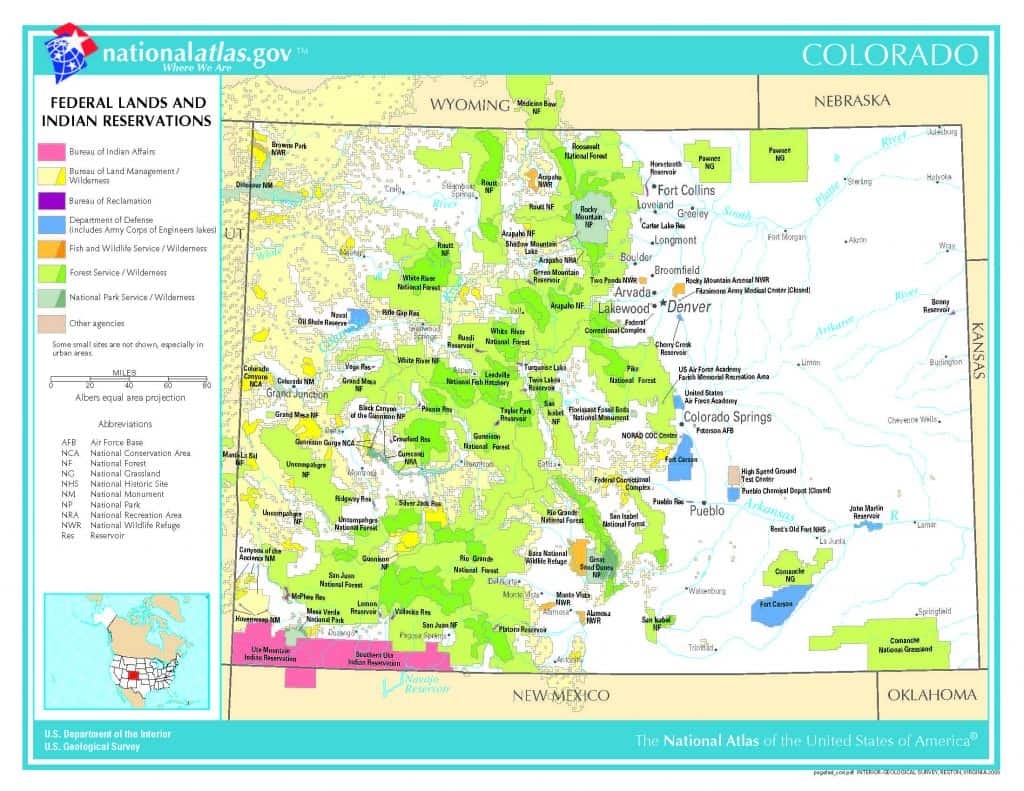
Since our federal friends are on furlough, it might be fun, if wonky, to examine the Transition Teams for the new governors and compare them across states. States are policy incubators and partners of the feds in dealing with federal land. Where are forests and public lands located in the teams? What kind of people, if any, represent our mutual interests? Of course, they are going to have been supporters of the campaign and likely partisan, but how diverse and representative are they in terms of backgrounds, ethnic, gender, professional, residence?
I tried to do this for Colorado, but unfortunately, the two media sources I found (Colorado Politics and the Colorado Sun) didn’t agree on who was on the team of interest (in our case, Agriculture, Energy and Environment). I wrote to each of them and pointed that out (and suggested this topic for a story) but did not receive a return email , not even a “we have received your email.” So here we go.
How are the teams organized? Where are forests and federal lands?
In Colorado, we seem to be included in the Transition Team for Agriculture, Energy, and Environment.
Are there people with forest experience including wildland fire?
Here are the folks that Colorado Politics identified:
- Energy, natural resources and agriculture, chaired by former Gov. Bill Ritter, director of the Center for the New Energy Economy; and Andrew Currie. The transition team will include Jim Alexee, director of the Colorado Sierra Club; former Boulder County Commissioner Elise Jones; former Commissioner of Agriculture and water policy guru John Stulp; and Tim Marquez, former CEO of oil and gas company Venoco. The team will lead transition work on the Colorado Energy Office, the departments of agriculture and natural resources, and the Department of Public Health & Environment.
Here’s a link to Andrew Currie (he was actually hard to find until I typed in “Democratic Donor” on Google)
Here’s a link to Jim Alexee.
Elise Jones was the director of the Colorado Environmental Coalition and a Boulder county commissioner.
Jim Stulp is an experienced water expert/rancher from Lamar.
When I looked up Marquez, it looked like his oil company deals mostly with leases in California and was in bankruptcy.. But he’s definitely a Colorado resident and a School of Mines graduate.
The Colorado Sun had these names:
Hunter Lovins; (Longmont) “A renowned author and champion of sustainable development for over 35 years.”
Eric Washburn; Steamboat “Washburn previously held senior positions at BlueWater Strategies and Baker, Donelson, Bearman, Caldwell, and Berkowitz, at which time he became the founding Executive Director of the Theodore Roosevelt Conservation Partnership, a coalition of dozens of leading nations hunting and fishing organizations. He has worked on a number of Democratic presidential campaigns, assisting in outreach to sportsmen.” (I’ve read about the history of TRCP and it’s too complex for me).
and Jim Pribyl of Boulder, of Conservation Colorado.
Now if we look at these folks who work on the Agriculture, Energy, and Environment team, we find one person from Lamar (with on the ground experience experience), one from Steamboat, and the rest from Boulder county (plus one Denver). Our new Governor was in the House of Representatives and Boulder was his district. Nevertheless, Boulder is bit like Eugene in Oregon- not generally considered to be representative of the state as a whole (vast understatement here). Especially not the parts of the state engaged in agriculture or energy development, or that have large areas of public lands. (You can see the federal lands on the map above, agriculture is more dispersed throughout the state.)
Where are forests and/or public lands included in your state’s transition teams? Are the team’s members from one part of the state or more broadly representative?
I for one am encouraged, and not at all concerned about many of Polis’ appointees coming from Boulder.
Contrary to assumptions some might have about Polis, I’ve always found him to be not only open minded but open to changing his mind as he becomes better informed on an issue. I’d much rather someone who is adaptable and a quick study, than someone whose current perspective on some issue or another perfectly aligns with my own.
I think Hunter Lovins used to live in Aspen for a long time and was connected with or founded the Rocky Mountain Institute which (all this from memory) was kind of a non confrontational energy conservation think tank.
I’m also encouraged to see the TRCP get a mention. Though I’ve never heard of Eric Washburn anyone who follows issues hunting is certainly aware of the TRCP. Polis himself is not and never has been a hunter, nor a gun owner, recreational shooter etc.. It speaks to his open mindedness that he looks to include someone like Washburn on his transition team.
I’ve been involved in a couple of policy issues in which we (Forest Service) were told upfront that TRCP had to be happy. And every time we did what they wanted, they upped the ante, which did not make me feel all warm and fuzzy. But Eric seems like the kind of guy who would be fun to have a beer with.. look at the issues he’s been involved with https://www.opensecrets.org/revolving/expertise.php?id=25976
Yes, Hunter is the ex-wife of Amory Lovins and has been involved in the energy business for a long time.
The Denver Post had an article with some early Cabinet picks- 2 from Western Slope. https://www.denverpost.com/2018/12/21/jared-polis-colorado-governor-cabinet/
Thanks, Rebecca! I have confidence that Polis will gracefully make the transition from representative of Boulder to Governor of all Colorado, but sometimes he and his staff may need encouragement :).